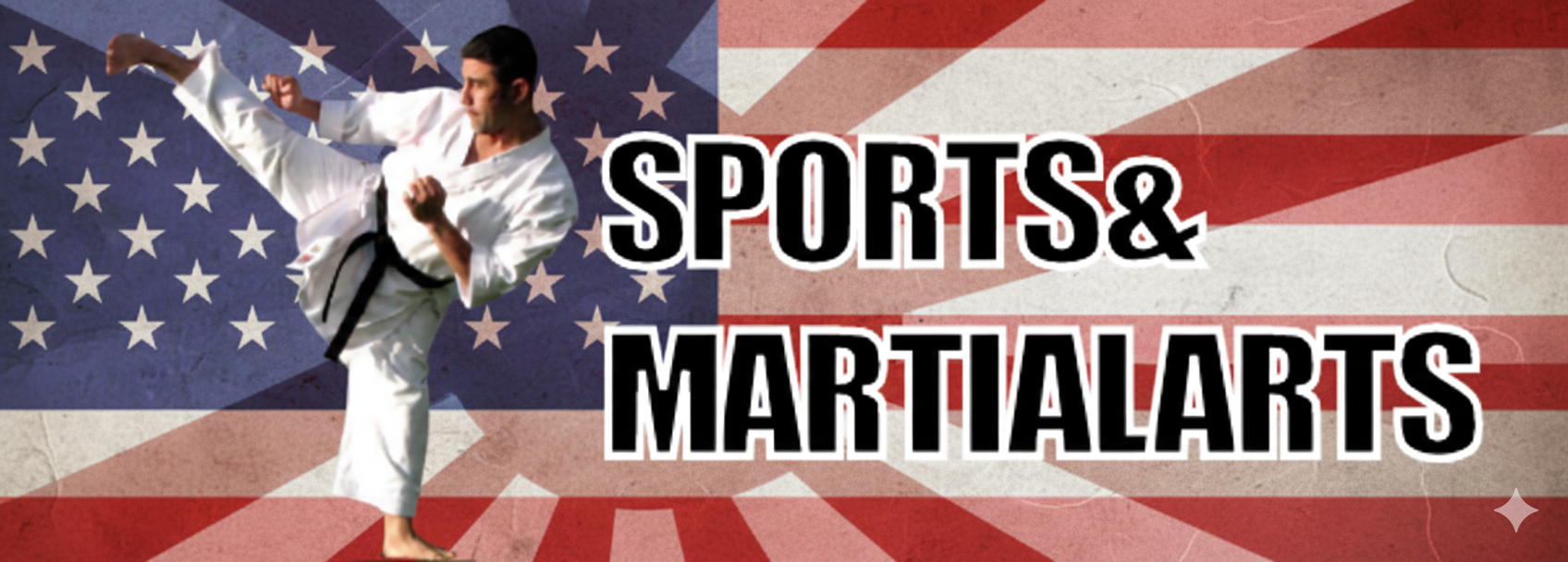Contents
Kenpo Karate Stances
In American Kenpo Karate, mastering the basic stances is critical to developing proper technique, control, and movement. These stances form the foundation of every form (kata), self-defense sequence, and sparring application. Regardless of the school or lineage—whether Ed Parker’s original curriculum or a modern variation—Kenpo Karate stances remain a universal standard.
Understanding and applying these stances correctly is essential at every belt level. From white to black belt, they are required for precision, balance, and power generation during techniques and forms. While the first four stances are often introduced early in training, they continue to play a vital role in advanced practice and are integrated across all techniques and forms.
Why Proper Stance Matters in Kenpo Karate
Correct stance training goes beyond physical positioning—it teaches discipline, balance, and body mechanics. A stable stance allows for fluid transitions, powerful strikes, effective blocks, and efficient movement in any direction.
Key benefits of mastering Kenpo Karate stances include:
- Improved balance and body control
- Stronger foundation for strikes and defenses
- Increased mobility and fluidity in footwork
- Injury prevention through proper weight distribution
- Enhanced form execution and kata performance
Kenpo Karate Stances
- Attention Stance
- Horse Stance
- Neutral Stance
- Forward Bow
- Reverse Bow
- One Leg Stance
- 45 degree Cat Stance
- 90 degree Cat Stance
- Reverse Cat Stance
- Front Twist Stance
- Rear Twist Stance
- Wide Kneel Stance
- Close Kneel Stance
- Concave Stance
- Rear Bow
- Rotating Twist
Tips for Proper Kenpo Karate Stance Execution
To get the most out of your stance training, keep these important principles in mind:
- Maintain a Straight Spine: Your posture should always be upright, with shoulders relaxed and back straight.
- Eyes Forward: Always maintain situational awareness by looking ahead, never down at your feet.
- Check for Comfort: A correct stance should feel strong and stable—not forced or painful.
- Avoid Joint Discomfort: If you experience knee or ankle pain and do not have a pre-existing injury, you may be misaligned. Ask your instructor to review your stance positioning to prevent long-term issues.
- Train with Purpose: Practice stances as intentional exercises—not just transitions. They are critical to every movement in Kenpo.
Kenpo Karate Techniques
- Kenpo Karate Self Defense Techniques
- Kenpo Karate Stances
- Kenpo Karate Strikes
- Kenpo Karate Blocks
- Kenpo Karate Punches
- Kenpo Karate Kicks
- Kenpo Karate Foot Maneuvers
- Kenpo Karate Parries
- Kenpo Karate Finger Techniques
- Kenpo Karate Sets
- Kenpo Karate Forms
Follow our Social Media!









